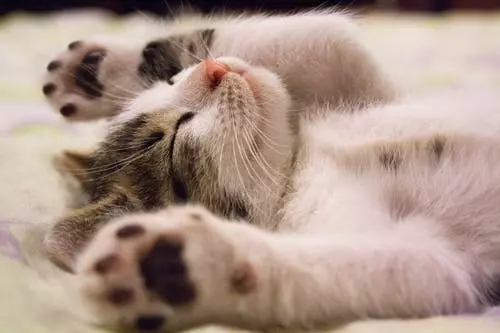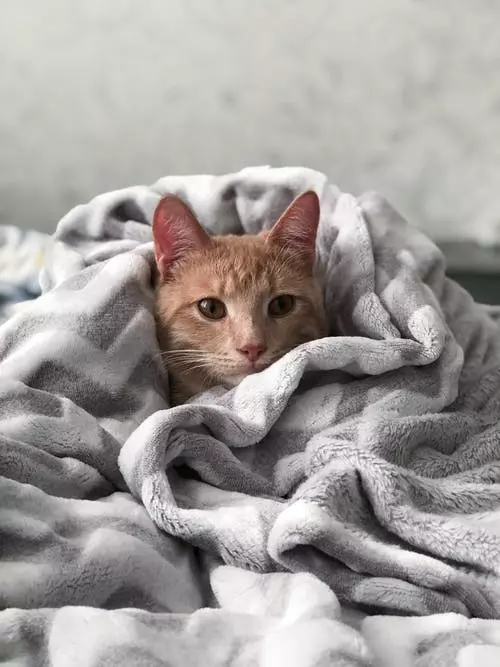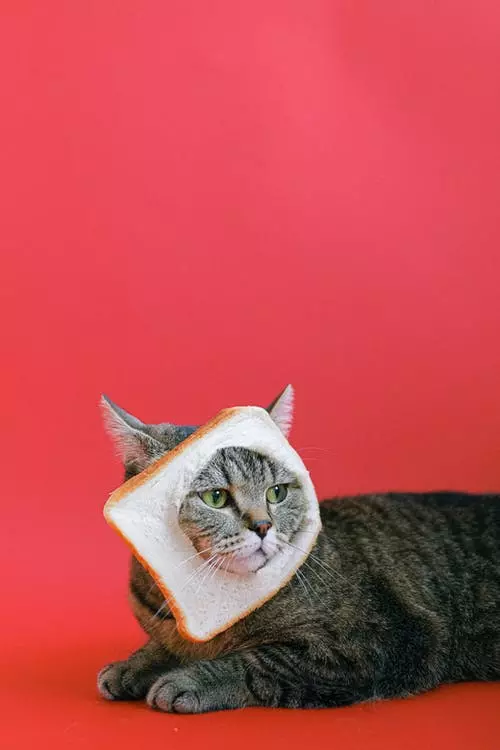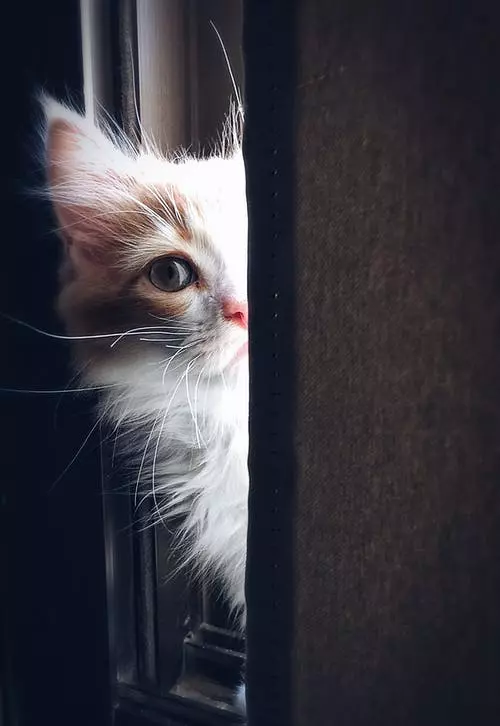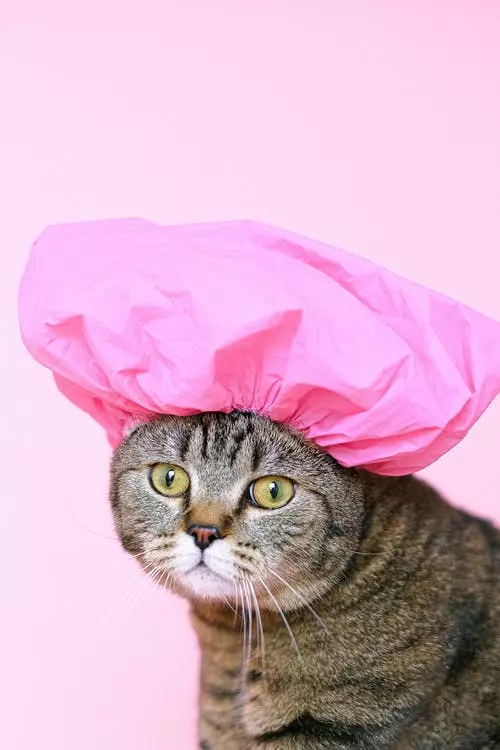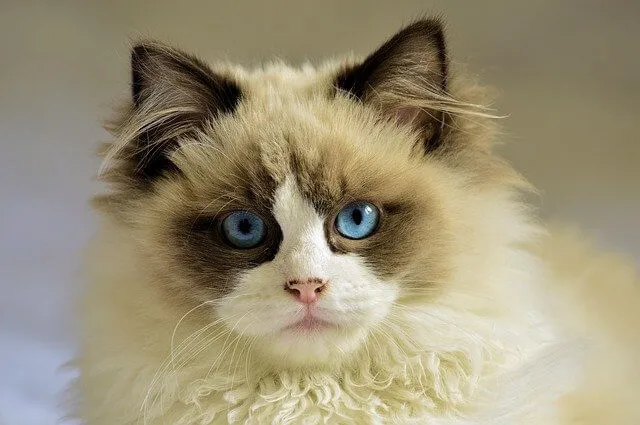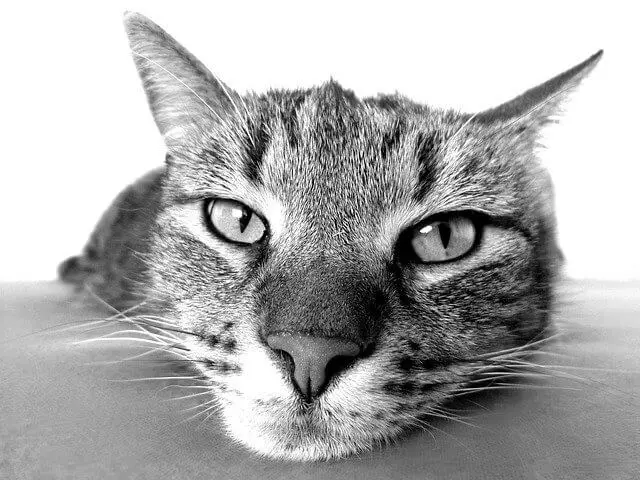Cats are fascinating creatures, and their behaviors often leave us both amused and bewildered. One such behavior is wool-sucking, commonly observed in kittens. While it may seem harmless at first, prolonged wool-sucking can lead to health issues and damage to household items. In this article, we delve into the causes behind wool-sucking behavior in kittens and provide practical solutions to help curb this habit.
Wool-sucking behavior refers to the act of kneading, sucking, and chewing on fabrics, often woolen items like blankets, sweaters, or rugs. This behavior is most commonly seen in kittens, but can also occur in adult cats. It is estimated that around 20-30% of cats exhibit this behavior at some point in their lives.
There are several potential causes for wool-sucking behavior in kittens. One primary cause is weaning stress. Kittens that are separated from their mother and littermates too early may develop coping mechanisms, such as wool-sucking, to soothe themselves. The act of nursing provides comfort and security, and without it, kittens may turn to wool-sucking as a substitute.
Nutritional deficiencies can also contribute to wool-sucking behavior. If a kitten’s diet lacks certain essential nutrients, they may engage in wool-sucking as a way to compensate for the deficiency. Certain nutrients, such as taurine or B vitamins, play a crucial role in a cat’s overall health and behavior, so it is important to ensure their diet is balanced and meets their nutritional needs.
There is also evidence to suggest a genetic predisposition to wool-sucking behavior. Certain breeds, such as Siamese and Burmese cats, are more prone to developing this habit. Genetic factors can influence a cat’s behavior, and wool-sucking may be an inherited trait in some cases.
Environmental factors can also play a role in wool-sucking behavior. Cats are sensitive to changes in their surroundings, and stressors such as moving to a new home or the addition of a new family member can trigger wool-sucking. It is important to provide a stable and enriched environment for your kitten to minimize stress and reduce the likelihood of wool-sucking.
While wool-sucking may initially seem harmless, it can have health implications for kittens. The act of chewing on fabrics can lead to dental complications, including tooth fractures or gum disease. Ingesting fibers can also cause gastrointestinal issues, such as blockages or constipation. Additionally, wool-sucking can affect a cat’s mental well-being, as it may become obsessive or compulsive in nature.
To control wool-sucking behavior in kittens, several solutions can be implemented. Environmental enrichment is crucial, as it provides alternative outlets for the kitten’s energy and curiosity. Providing stimulating toys and engaging in interactive play sessions can distract the kitten from wool-sucking. Creating a cat-friendly environment with scratching posts, climbing trees, and hiding spots can also redirect their attention.
Proper nutrition is essential in preventing wool-sucking behavior caused by nutritional deficiencies. Ensuring a balanced diet with high-quality cat food, specifically formulated for kittens, can help meet their nutritional needs. Consulting with a veterinarian for dietary recommendations is recommended to address any specific deficiencies.
Behavioral training can also be effective in discouraging wool-sucking. Positive reinforcement techniques, such as rewarding the kitten for engaging in alternative behaviors or redirecting their attention to acceptable alternatives, can help break the habit. It is important to be patient and consistent in training your kitten.
If wool-sucking behavior persists or worsens, it is advisable to consult a veterinarian. They can provide medical interventions, such as anti-anxiety medications, and recommend behavior modification strategies to address the underlying causes of wool-sucking.
In conclusion, understanding the underlying causes of wool-sucking behavior in kittens is crucial in finding appropriate solutions to manage this habit effectively. By implementing a combination of environmental enrichment, proper nutrition, and positive reinforcement techniques, you can help redirect your kitten’s attention away from wool-sucking and promote healthier behaviors. Remember, if the behavior persists or worsens, consulting a veterinarian is always recommended to ensure your kitten’s well-being.

